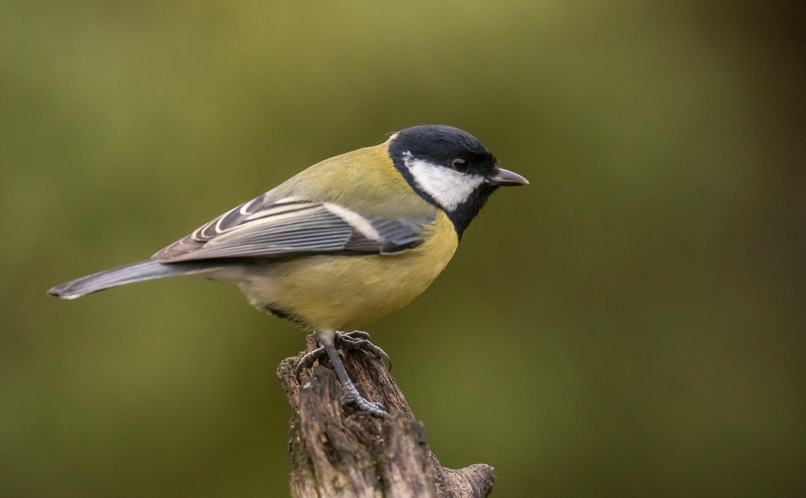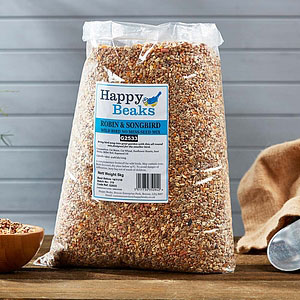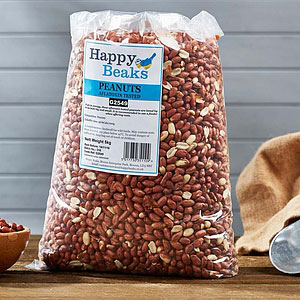
Great Tit Parus major
A familiar bird, but one you’ll seldom get sick of seeing. All year round, the wonderful great tit will visit gardens, with numbers increasing late in the summer and autumn as newly fledged broods go on the hunt for a meal.
Identification
A striking black head, contrasting white cheeks and a bright yellow breast bisected with a thick black line all combine to make one gorgeous bird. Young great tits start off duller.
Where to start when it comes to their song? The great tit has a fantastic variation of calls, with the most well known being a two tone repetitive tune, with the stress on the second syllable.
Feeding
Not one for sharing! This aggressive little bird will often dominate its even smaller cousin at the bird table. Not a fussy eater, it will happily have peanuts and seeds, with both adults and young also feeding on mealworms and all varieties of insects.
Breeding
Breeds from March to July. Lays 5-11 white eggs (featuring redding spots) which incubate for 11-15 days. Young then fledge after around 21 days.
Did you know?
The great tit loves nesting boxes!
Often mistaken with...
The blue tit and the great tit often get mixed up, as their markings are strikingly similar. Just look out for blue, and if that doesn’t work, remember that the great tit is the larger of the two.
Perfect for the Great Tit...
Robin & Songbird Wild Bird No Mess Seed Mix
5 Options From £9.99
3 Options From £14.95
3 Options From £5.95





